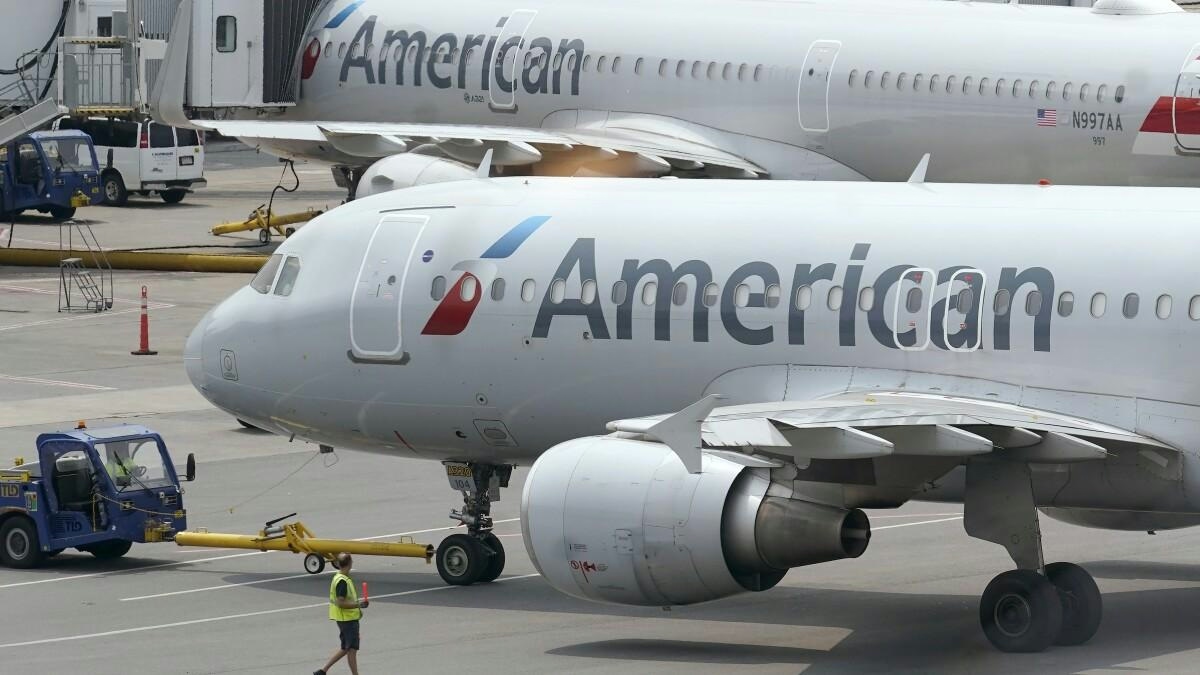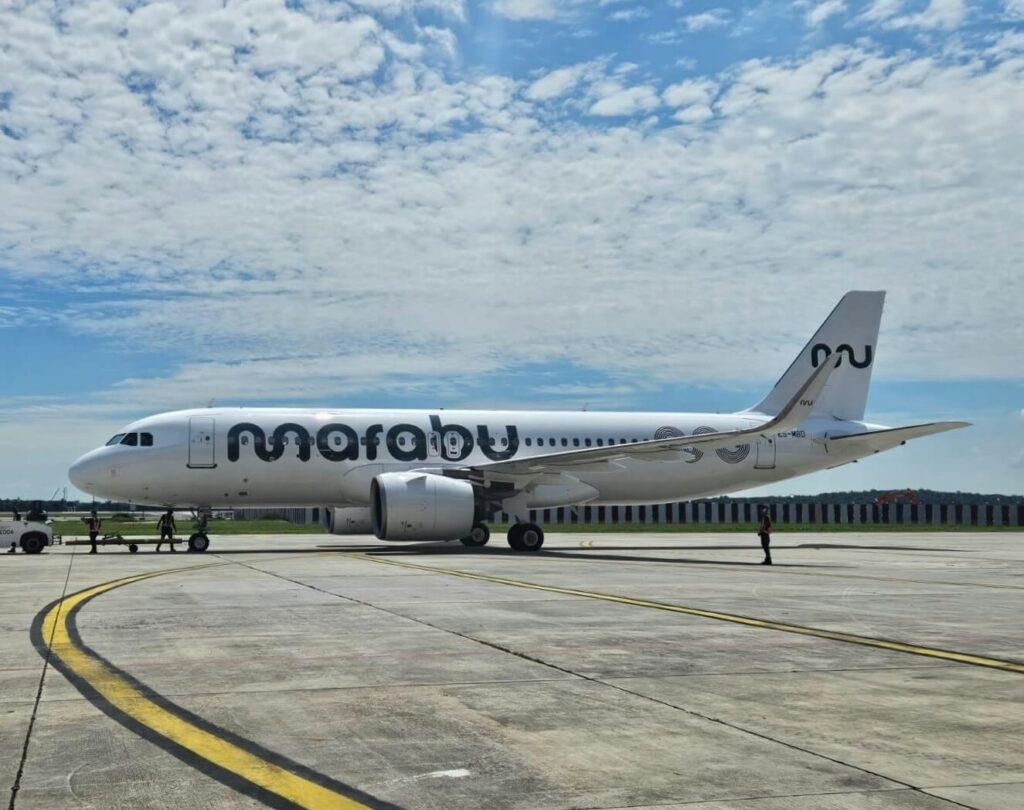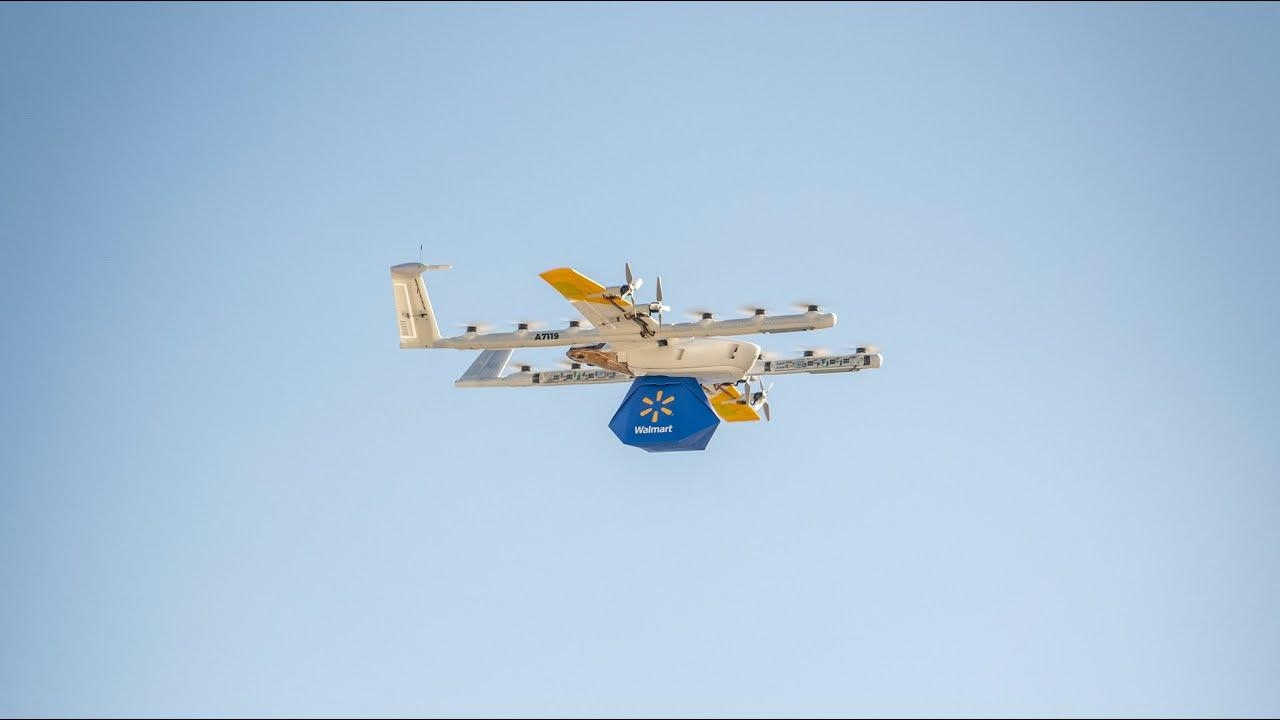
AeroGenie – Ihr intelligenter Copilot.
Trends
Categories
American Airlines Flight Makes Emergency Landing Due to Engine Malfunction

American Airlines Flight Makes Emergency Landing Following Engine Malfunction
An American Airlines flight departing from Las Vegas was compelled to execute an emergency landing Monday morning after one of its engines emitted smoke, sparks, and visible flames due to a mechanical malfunction. Flight 1665, carrying 153 passengers and six crew members, safely returned to Harry Reid International Airport at approximately 8:20 a.m., with no reported injuries.
Incident Details and Eyewitness Accounts
The aircraft, en route to Charlotte, North Carolina, had just taken off when witnesses both onboard and on the ground reported loud banging noises accompanied by smoke and fire emanating from one of the engines. Mark Jackson, who was nearby charging his electric vehicle, described the scene as “pretty frightening.” He recounted hearing multiple explosions, initially mistaking the first for fireworks before realizing the severity of the situation as a second, louder blast followed. The plane appeared to lose altitude before safely returning to the airport.
Expert Analysis on Engine Malfunction
Aviation experts have identified the likely cause of the incident as a compressor stall, a disruption in the airflow within the jet engine that can produce loud bangs, sparks, and flashes of light. Dan Bubb, a former commercial pilot and current professor at the University of Nevada, Las Vegas, explained that compressor stalls occur when mechanical issues interfere with the compression of air entering the engine. He likened the resulting sounds to “machine gun fire,” noting that such events are classic indicators of this type of malfunction.
Bubb further elaborated that compressor stalls may be triggered by broken or loose metal components inside the engine. Despite the dramatic nature of these occurrences, pilots receive extensive training to manage them effectively. He emphasized that simulator sessions routinely include scenarios involving engine failures or compressor stalls, during which pilots practice identifying the affected engine, shutting it down, and coordinating emergency landings with air traffic control.
Implications and Ongoing Investigations
While the immediate safety of all aboard was maintained, the incident is expected to attract heightened scrutiny from aviation safety authorities. American Airlines has confirmed its full cooperation with investigators seeking to determine the precise cause of the engine failure. The airline has yet to comment on potential compensation for passengers affected by the disruption.
Such events often have broader repercussions, including possible reputational damage for the carrier and a temporary decline in stock prices as investors react to concerns over operational reliability. Industry observers also note that competitors may leverage the incident to underscore their own safety records and reassure customers, aiming to sustain passenger confidence amid increased public attention to airline safety.

Collins Aerospace and Emirates Extend A380 Landing Gear Maintenance Agreement

CDB Aviation Leases Four A320neo Aircraft to Marabu Airlines

Sheikh Mohammed Visits Dubai Airshow Highlighting Innovation and Expertise

Archer Provides Electric Air Taxi Powertrain for Anduril’s Omen Concept

Concordia Partners to Advance Drone and E-Aircraft Technology

Sarla Aviation to Invest ₹1,300 Crore in Aerospace Facility in Andhra Pradesh

Passengers Respond Positively to Airline’s AI Flight Attendant

Drone Market Outlook: Trends and Forecasts Through 2033

Google Develops AI for Travel Booking and Updates Travel Tools
